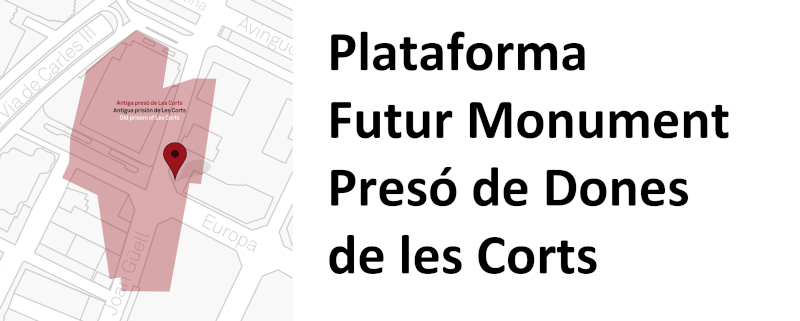It was during this seminar that the ability of contemporary art to stimulate an open debate about the construction of public spaces for memory was discussed.
Videos featuring these discussions can be found on this link. The ideas exposed would later form the nucleus of ideas up for debate in the course of the process opened to the participation of the general public.
The seminar took the format of workshops for the morning sessions and round tables for the evening ones, and it featured an international panel of experts in the fields of art projects, public space, and memory, such as Francesc Torres; Stephanie Endlich; Kristina Norman; Valentina Rozas, Fernando Sánchez Castillo, Horst Hoheisel, Eulàlia Grau and Pedro Brandâo.
There was also a round table with relatives of former prisoners: Anna Maria Batalla, Joan Mercadé and Flora Duran.
One of the most impressive events held during the seminar was the theatre performance titled Les Veus de Les Corts (‘The Voices of Les Corts’), by Memoria Silenciada, which can be accessed here. In this play, the women themselves are the vectors for the transmission of the true nature of their life in prison: the suffering and the inequities, but the spirit of their fight too.
In the course of the seminary an exhibition was inaugurated showcasing the different projects created as part of the master’s degree in Urban Design of the University of Barcelona, the “laboratory of ideas”, described earlier, that had been started in 2012.
The exhibition was presented in the same spot demarcated in 2013 by the district to be the site of the future monument, the chamfered corner at the convergence of Joan Güell and Europa streets, and had been arranged in a peculiar way: five totems or monoliths printed on both sides with a height of 3,5 metres.
On one of the sides there was huge image of great graphic eloquence, a picture by photographer Carlos Pérez de Rozas taken in the prison in 1944, showing the back of a prisoner who stands in front of the prison authorities with the director general presiding over the scene.
An image that had been intended as a means of propaganda, had suddenly taken on a totally different meaning: female resistance in the face of the personification of oppressive power, coercive, yet subtle in equal measure, a domineering image when exerted by prison and military authorities and the religious aspect embodied by the figure of the Mother Superior of the Sisters of Charity.














